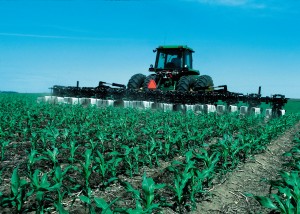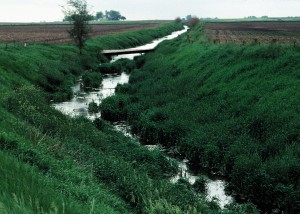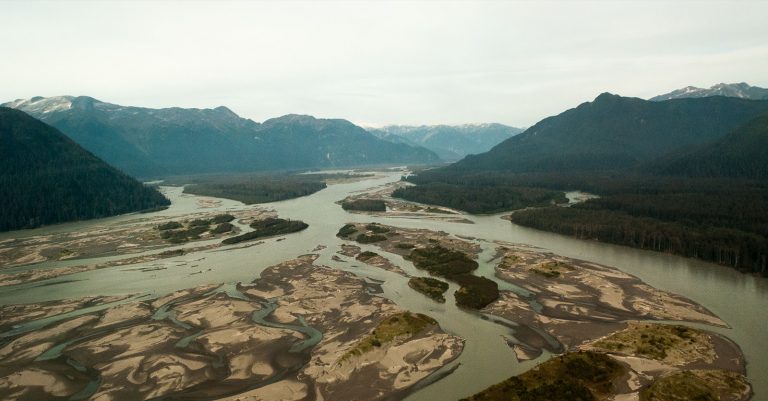It’s been a contentious month for water quality in Iowa. In early March the Des Moines Water Works (DMWW) announced that the utility will file a federal suit against three rural counties in northwest Iowa for nitrate pollution.

Residents of Des Moines and other nearby municipalities receive tap water that originates from the Raccoon and Des Moines Rivers. Drinking water is federally mandated to have less than 10 parts per million (ppm) of nitrates, most importantly because higher nitrate levels have induced potentially lethal Blue Baby Syndrome in infants. DMWW regularly receives water higher than 10 ppm from its source waters, and this pollution is largely a result of the nitrogen fertilizers and manure applied to farm fields in northwest Iowa.
This is not a new concern; high nitrate levels have challenged DMWW for decades. The utility built a $3.7 million nitrate removal facility in 1991, and it costs approximately $7,000 per day to operate the facility when nitrate levels need to be lowered. Understandably, DMWW officials and Des Moines water consumers have not been pleased that they are burdened with the cost of removing agricultural pollution. This was clearly demonstrated in a recent Des Moines Register Iowa Poll that found a remarkable 63 percent of Iowans support the DMWW lawsuit.
On the flip side, and equally understandable, Iowa farmers are feeling unfairly persecuted for following well-established farming practices. Most of the corn and soybean farmers of northwest Iowa are adhering to agronomic guidance and business advice provided by bankers, crop advisors, and University professionals. Additionally, federal agricultural policies provide several economic incentives for farmers to grow commodity crops such as corn, soybeans, rice, wheat, and cotton. Most farmers are in compliance with the rules and regulations pertaining to their use of nitrogen, and yet the aggregate result is water bodies far in excess of water quality standards.

The lawsuit comes down to whether the Clean Water Act should be applied to agricultural drainage systems. Point source discharges, which can be visualized as wastewater flowing from a factory’s pipe into a water body, require a permit and must meet federal water quality standards. Agricultural storm water discharges are exempt from this requirement. The issue gets complicated, however, because tile drainage systems collect water below farm fields and aggregate the water into a pipe, which DMWW argues is “artificially drained groundwater” and not storm water. Professor Neil Hamilton of Drake University’s Agricultural Law Center provides an excellent summary of the key legal issues in the dispute, concluding that Iowa’s water will not be clean unless landowners take individual responsibility for their contributions.
The overall sentiment from many farm groups and environmental groups is a feeling of disappointment that the situation had to come to a lawsuit. Farm groups have clearly made progress getting farmers to incorporate conservation practices to protect water quality, most notably the Iowa Soybean Association. But that progress has been overwhelmed by other drivers such as the expansion of corn production in recent years. This lawsuit is forcing some difficult conversations about Iowa’s water, and the role that voluntary incentives and regulation play in solving the issue.


